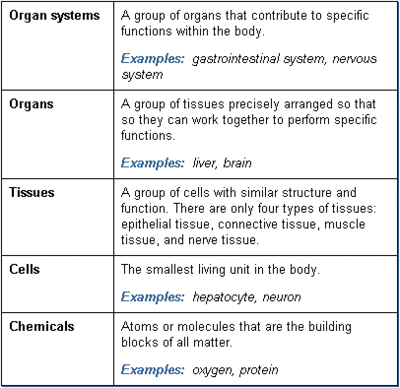

Typically, these stem cells can generate different cell types for the specific tissue or organ in which they live.įor example, blood-forming (or hematopoietic) stem cells in the bone marrow can give rise to red blood cells, white blood cells and platelets. Tissue-specific stem cells (also referred to as somatic or adult stem cells) are more specialized than embryonic stem cells. Human embryonic stem cells have been derived primarily from blastocysts created by in vitro fertilization (IVF) for assisted reproduction that were no longer needed. These cells are incredibly valuable because they provide a renewable resource for studying normal development and disease, and for testing drugs and other therapies.

However, when scientists extract the inner cell mass and grow these cells in special laboratory conditions, they retain the properties of embryonic stem cells.Įmbryonic stem cells are pluripotent, meaning they can give rise to every cell type in the fully formed body, but not the placenta and umbilical cord. In normal development, the cells inside the inner cell mass will give rise to the more specialized cells that give rise to the entire body-all of our tissues and organs.

A human blastocyst is about the size of the dot above this “i.” Embryonic stem cells are obtained from the inner cell mass of the blastocyst, a mainly hollow ball of cells that, in the human, forms three to five days after an egg cell is fertilized by a sperm.


 0 kommentar(er)
0 kommentar(er)
